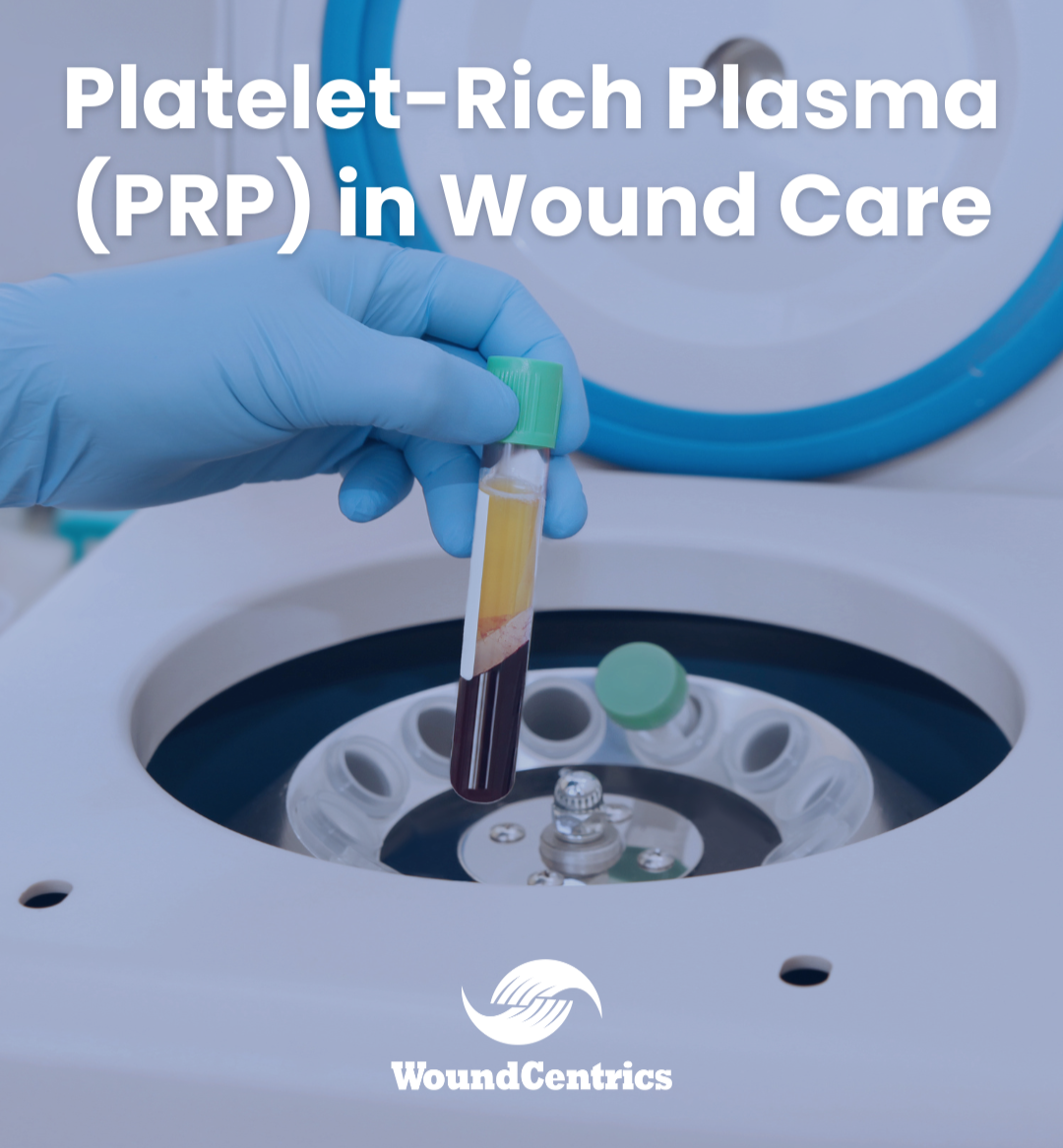When a chronic wound refuses to heal, it’s often because the body’s natural repair process has stalled. That’s where Platelet-Rich Plasma (PRP) offers a biologically advanced solution.
PRP is an autologous therapy—derived from the patient’s own blood—designed to concentrate growth factors and healing proteins into a gel that’s applied directly to the wound. This promotes tissue regeneration, modulates inflammation, and stimulates the formation of new blood vessels. It’s not a new idea—PRP has been used in orthopedics and sports medicine for years—but its application in wound care is gaining traction for good reasons.
At WoundCentrics, PRP is part of our advanced modality toolkit. We use it on complex, recalcitrant wounds where standard care alone hasn’t been enough. It’s easy to prepare in the clinic, can be applied topically or injected peri wound, is well-tolerated by patients and covered by most insurance, including Medicare.
Why does this matter? Because PRP can jumpstart healing in cases that might otherwise head toward amputation or prolonged suffering. It empowers clinicians to harness the patient’s own biology in the fight against chronic wounds.
This isn’t just innovation for innovation’s sake, it’s a practical, evidence-supported approach that expands treatment options and improves outcomes.

